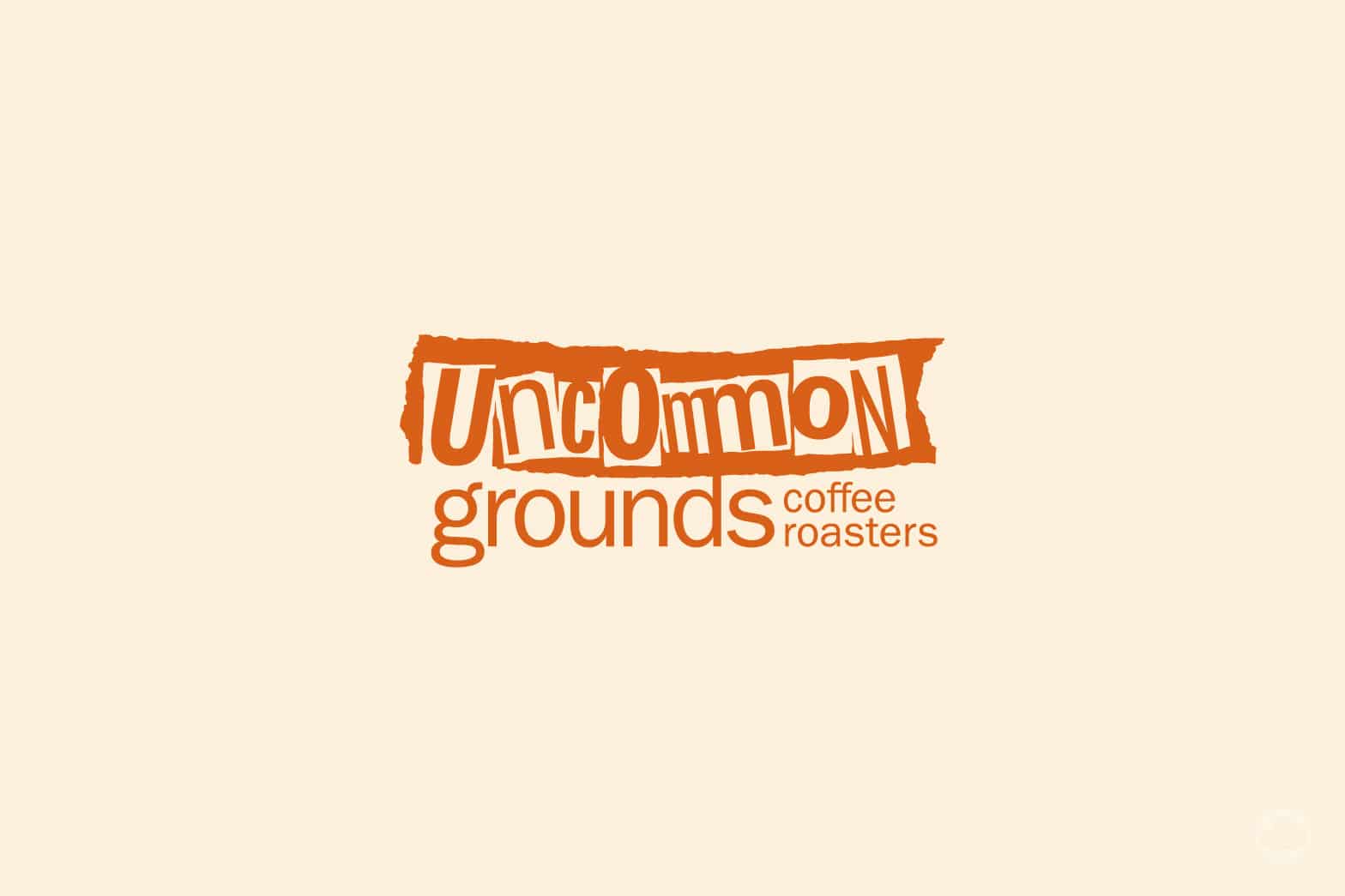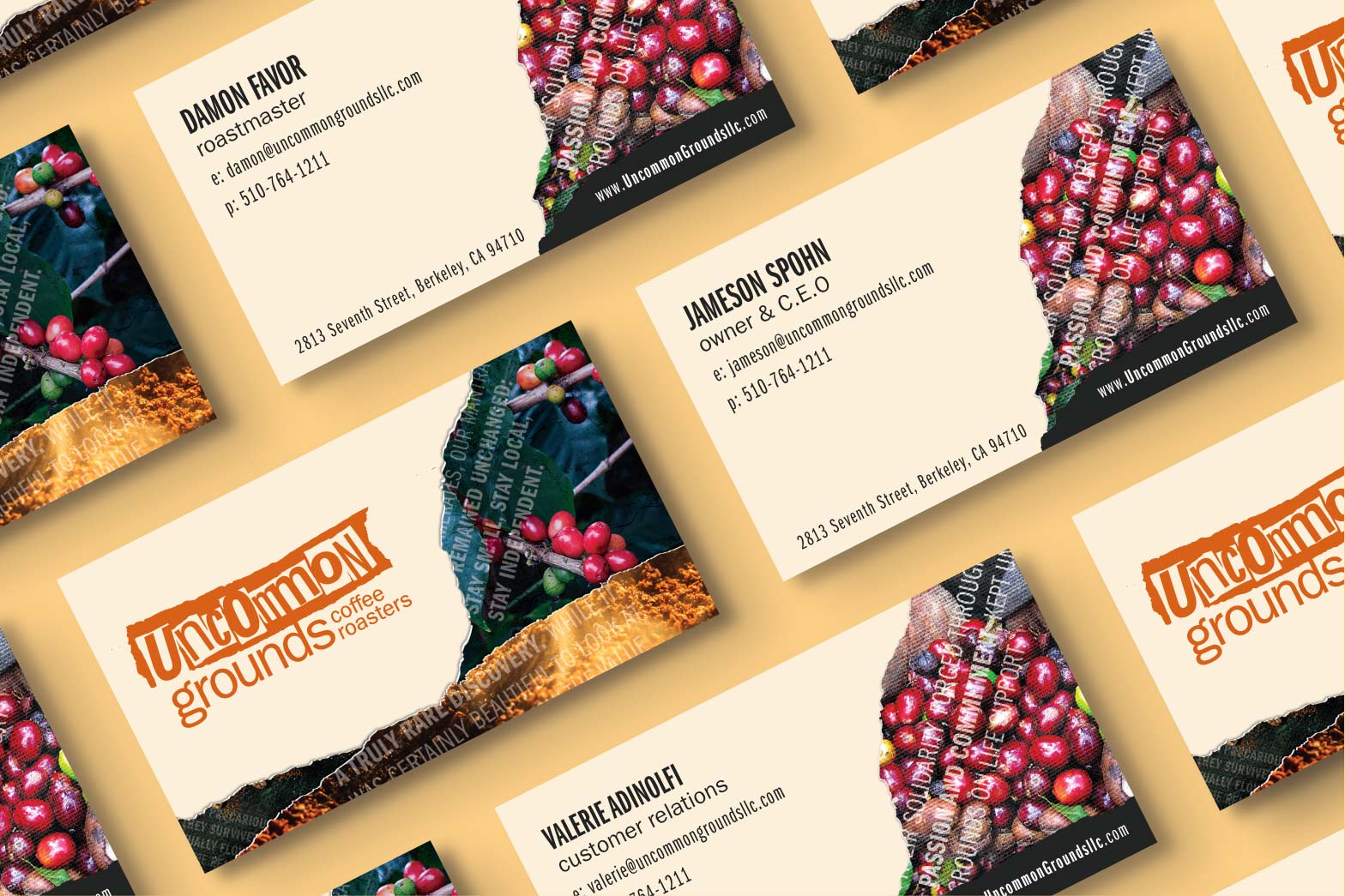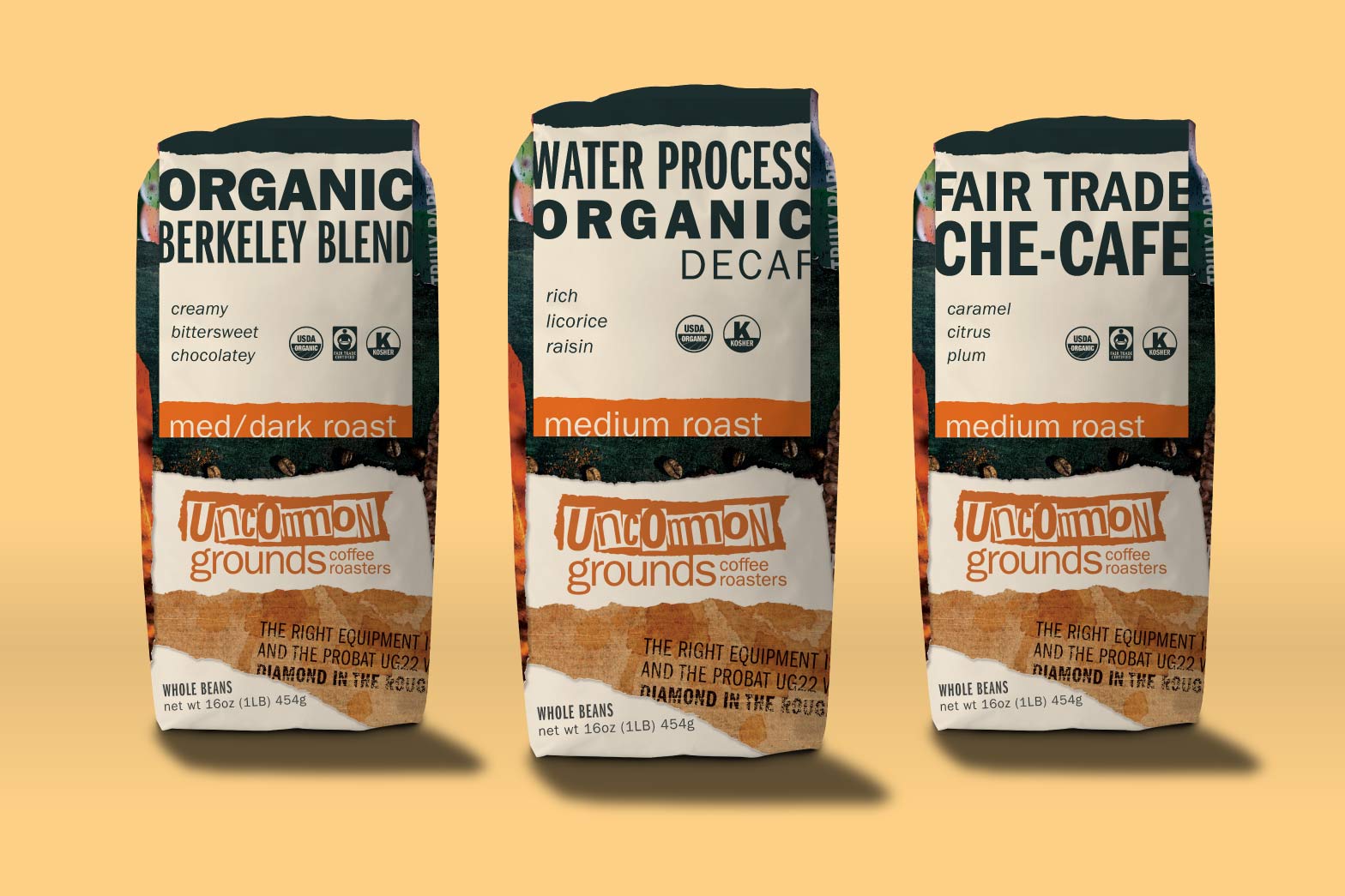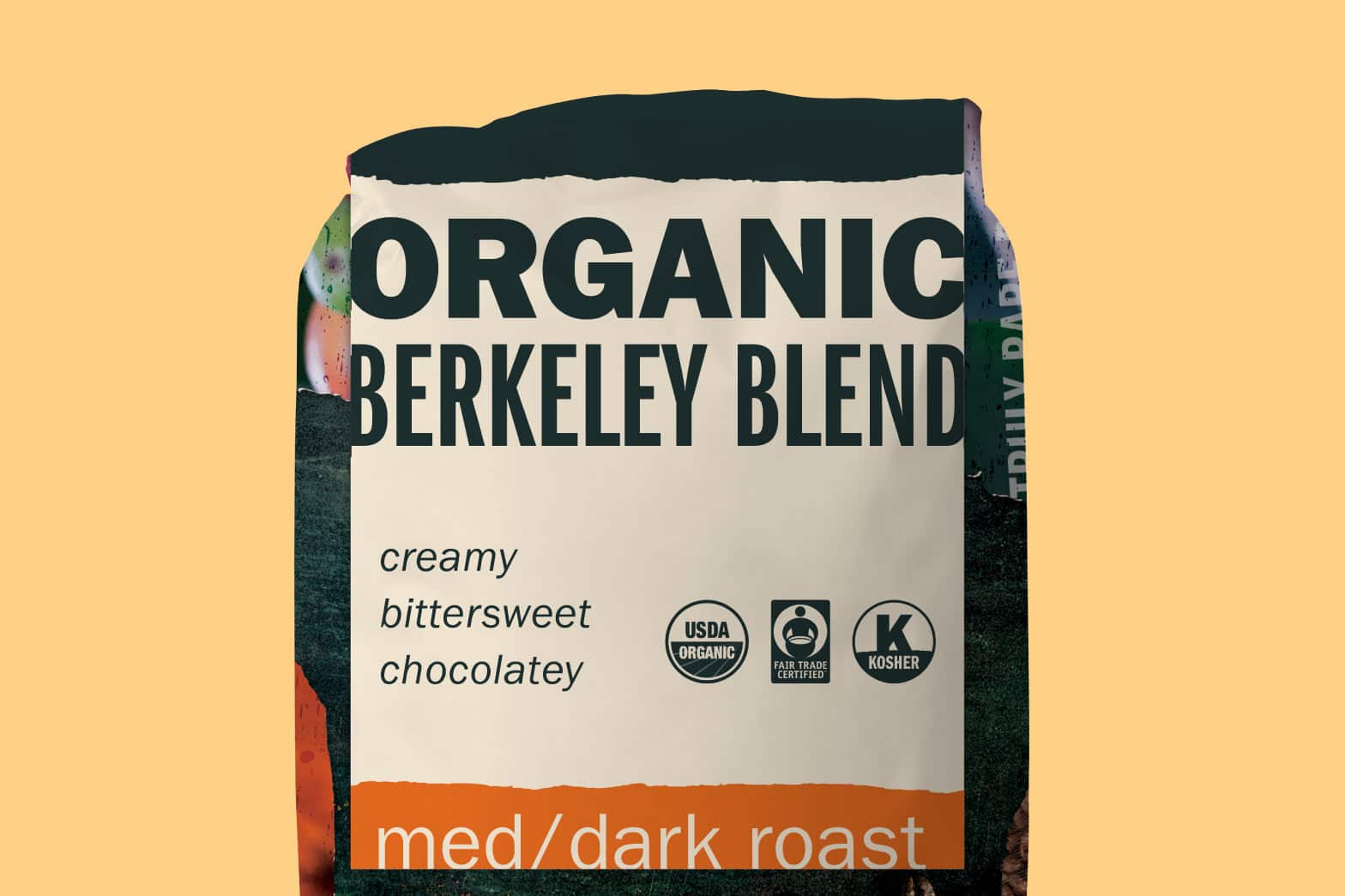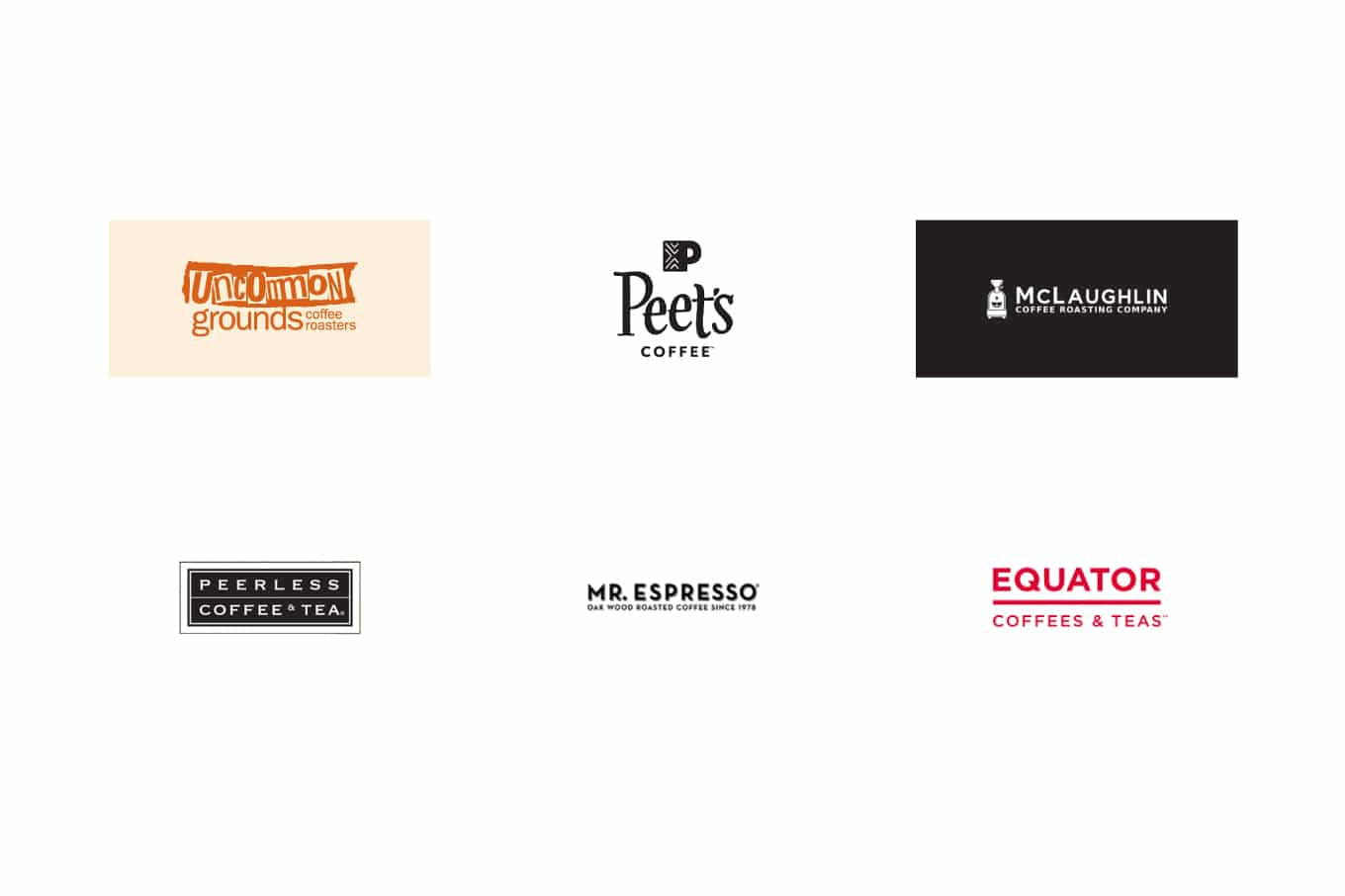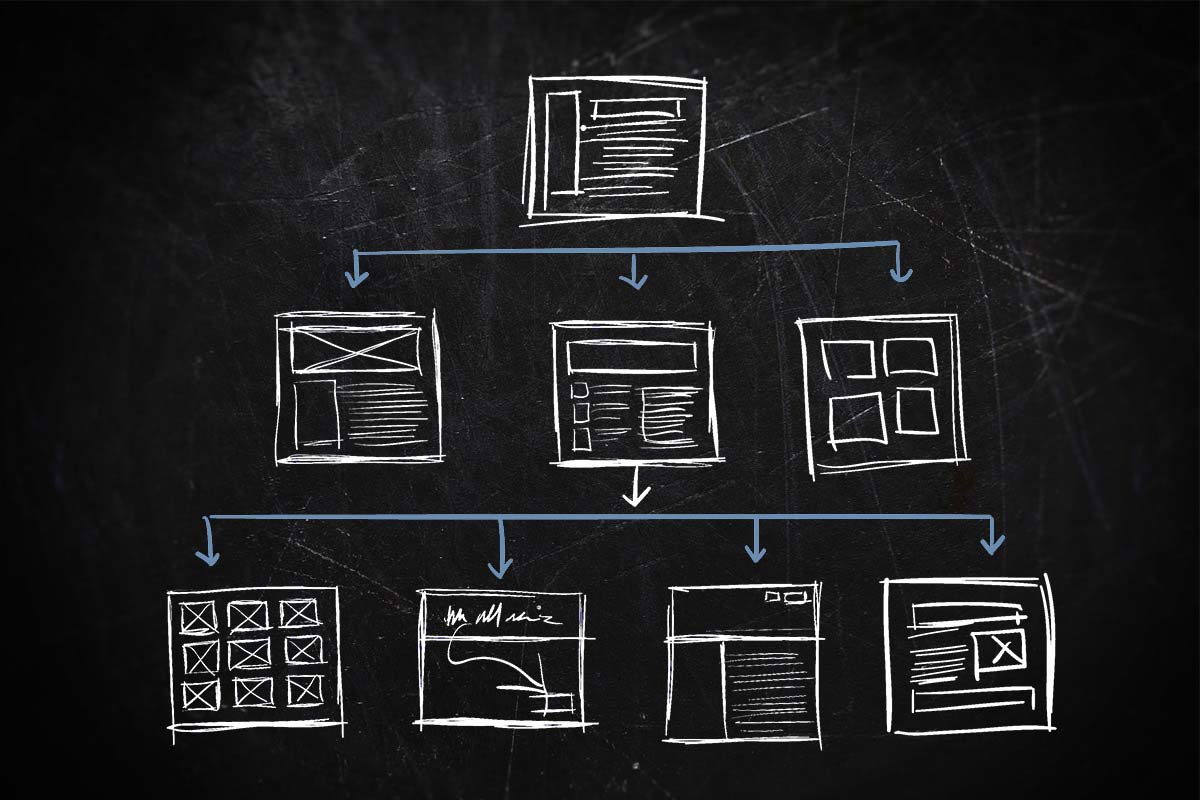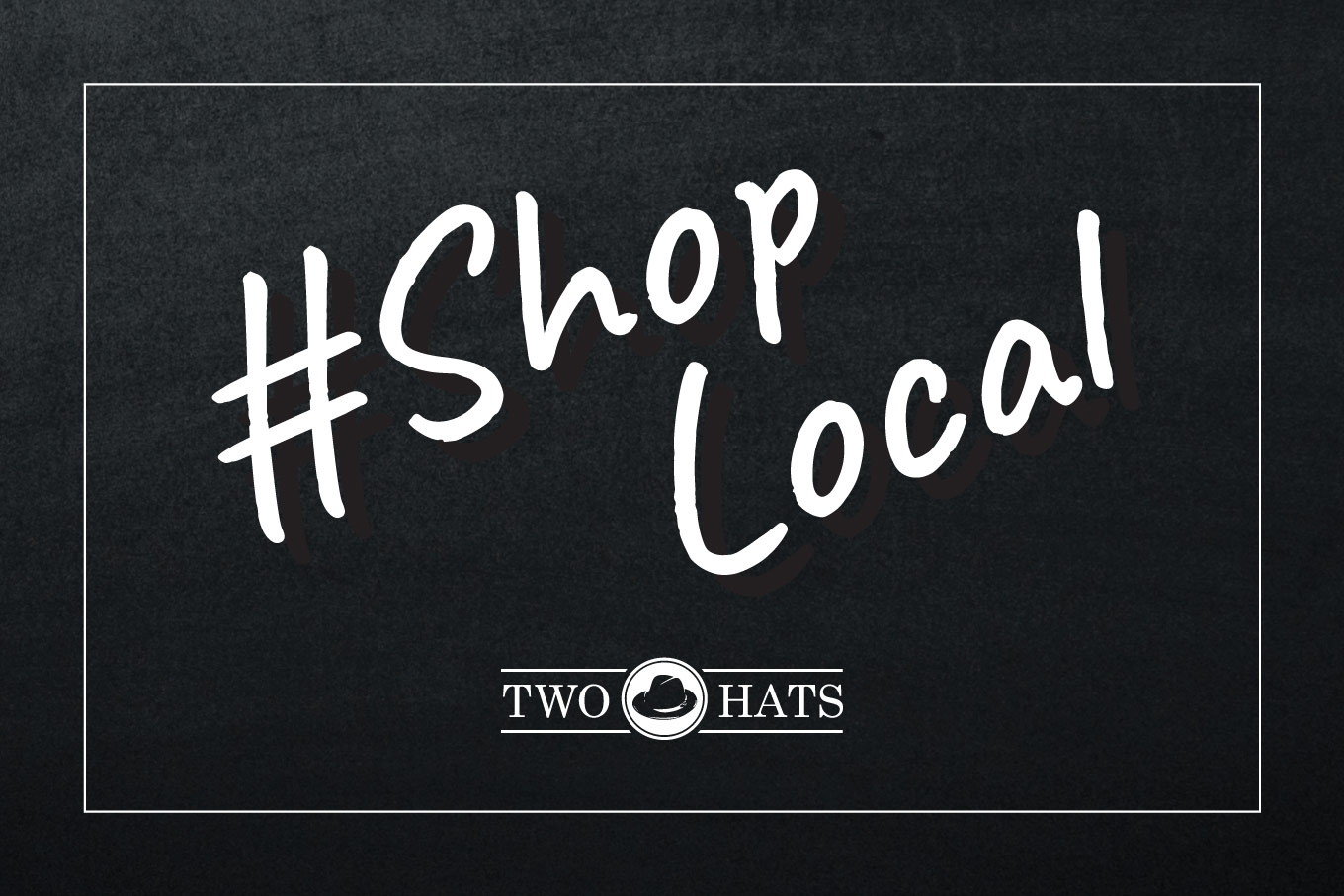The Beginner’s Brand Design Brief
The Beginner’s Brand Design Brief
Has your business ever struggled to stand out among your competitors? At Two Hats we’ve found that at the cornerstone of any successful business, there is a clearly defined and consistent brand message that results in a memorable and satisfying experience with your consumers.
This article is for you if you’re an owner or key member of a growing business and find it difficult to set the foundation of your brand. In this article, you will learn essential tips on how to start thinking about your brand. We’ve put together an activity guide to fill out called a Brand Design Brief that can be valuable for informing a brand identity, design, or marketing project. If you’d like to go straight into the activity, go to the Next Steps section.
If you already have a strong understanding of your core brand and the key pieces, then feel free to jump to our article 5 Tips To Creating Your Brand Identity.
What Is A Brand?
The American Marketing Association defines the word “brand” as a name, term, design, symbol, or any other feature that identifies one seller’s goods or services as distinct from those of other sellers.
We disagree.
A brand is much more than that. We believe that your brand is the sum of all characteristics, tangible and intangible, that make an offer unique. It’s a “personality”, having not only physical features, but also historic, emotional, and character components; the sum of which make the brand unique. A brand can represent virtually any type of commercial entity, be the company itself, the products or services it produces, or the physical environment in which the product/services are presented. A unified, consistent brand story offers opportunity for consumers to identify with, and one of the first steps to establishing trust.
When you begin creating a brand that is unique and differentiates itself in the market, you need to define clear goals and values to guide your brand systems in order to reduce subjectivity in design processes.
How To Define Your Brand
Defining your brand identity is a key step to establishing consumer trust. Before you start designing your brand elements, we recommend answering these four questions first:
- What is your brand identity?
- What personas make up your audience?
- What is your marketing strategy?
- What is your competitor landscape?
1. Brand Identity
What you’re currently doing to make your business successful is of primary value. But keep in mind, a successful brand identity creates clarity, definition, and an impactful story to drive the beliefs and behavior of your brand and its audience.
What are the top keywords that your audience identifies with your business? Think of active words that emotionally connect by stimulating the senses and evoke a positive response. These keywords characterize your business values, services or products, and intrinsic characteristics of the experience you create for people. This process of discovery begins with all possible keywords that can characterize your brand. Then through the brand identity process the keywords are refined into a succinct concept unique to your brand.
Uncommon Grounds brand identity celebrates the use of gritty graphics.
2. Audience Persona
Who are the people that use your products or services? What do they believe in? What music do they listen to? Where are they from? Be specific. Imagine, these are the people your business wishes to serve every day because they live and breathe your values. We like to call the most valuable audience “evangelists” or “fanatics”, as they idolize your brand, naturally market it through word of mouth, and will look to your brand to offer its products or services.
The heart of Uncommon Grounds’ core audience are freethinkers, creatives, and rebels. Those who are are curious by nature and have a taste for richness.
3. Marketing Strategy
Define the “places” your brand should appear to meet its audience. Is it a brick and mortar? Is it online? Ask yourself: where are all of the opportunities to make a good impression and build a long-lasting relationship? How does your message deliver and relate in all of these “places”? What will your business offer beyond its service and/or products? How will your audience experience your brand directly or indirectly?
A successful brand identity considers the context of where it will live, and how it will present and behave in various “places”.
For Uncommon Grounds we organized a tumultuous history, varied with ups and downs, into a clear brand narrative, where each piece opened an opportunity to tell a story on the packaging tapestry, social media, advertisements, and marketing campaigns.
4. Competitor Landscape
Knowing your business industry and secondary industry is key to understanding what sets you apart from other brands that offer something of similar value. Remember, it doesn’t have to be a direct competitor. Your audience evaluates and measures your brand based on what others around you have to offer. First visually, then by the product or service that is offered; the price point, the values of the company and how much they need the product, and the values of the company. Being able to evaluate another company’s brand values can aid in nuancing and positioning your brand when it comes to keywords for your brand identity.
Uncommon Grounds proudly positioned itself as the epitome of uncommon and gritty Bay Area roasters.
Next Steps
We hope this article helps you start building a proud brand in your industry. Considering the above, here are some actions you can take right away:
- Download our Brand Design Brief
- Fill it out to the best of your ability
- Now start designing, OR
- Connect with Two Hats Consulting or a professional brand consultant to better understand achieving your business goals
Has your business ever struggled to stand out among your competitors? At Two Hats we’ve found that at the cornerstone of any successful business, there is a clearly defined and consistent brand message that results in a memorable and satisfying experience with your consumers.
This article is for you if you’re an owner or key member of a growing business and find it difficult to set the foundation of your brand. In this article, you will learn essential tips on how to start thinking about your brand. We’ve put together an activity guide to fill out called a Brand Design Brief that can be valuable for informing a brand identity, design, or marketing project. If you’d like to go straight into the activity, go to the Next Steps section.
If you already have a strong understanding of your core brand and the key pieces, then feel free to jump to our article 5 Tips To Creating Your Brand Identity.
What Is A Brand?
The American Marketing Association defines the word “brand” as a name, term, design, symbol, or any other feature that identifies one seller’s goods or services as distinct from those of other sellers.
We disagree.
A brand is much more than that. We believe that your brand is the sum of all characteristics, tangible and intangible, that make an offer unique. It’s a “personality”, having not only physical features, but also historic, emotional, and character components; the sum of which make the brand unique. A brand can represent virtually any type of commercial entity, be the company itself, the products or services it produces, or the physical environment in which the product/services are presented. A unified, consistent brand story offers opportunity for consumers to identify with, and one of the first steps to establishing trust.
When you begin creating a brand that is unique and differentiates itself in the market, you need to define clear goals and values to guide your brand systems in order to reduce subjectivity in design processes.
How To Define Your Brand
Defining your brand identity is a key step to establishing consumer trust. Before you start designing your brand elements, we recommend answering these four questions first:
- What is your brand identity?
- What personas make up your audience?
- What is your marketing strategy?
- What is your competitor landscape?
1. Brand Identity
What you’re currently doing to make your business successful is of primary value. But keep in mind, a successful brand identity creates clarity, definition, and an impactful story to drive the beliefs and behavior of your brand and its audience.
What are the top keywords that your audience identifies with your business? Think of active words that emotionally connect by stimulating the senses and evoke a positive response. These keywords characterize your business values, services or products, and intrinsic characteristics of the experience you create for people. This process of discovery begins with all possible keywords that can characterize your brand. Then through the brand identity process the keywords are refined into a succinct concept unique to your brand.
Uncommon Grounds brand identity celebrates the use of gritty graphics.
2. Audience Persona
Who are the people that use your products or services? What do they believe in? What music do they listen to? Where are they from? Be specific. Imagine, these are the people your business wishes to serve every day because they live and breathe your values. We like to call the most valuable audience “evangelists” or “fanatics”, as they idolize your brand, naturally market it through word of mouth, and will look to your brand to offer its products or services.
The heart of Uncommon Grounds’ core audience are freethinkers, creatives, and rebels. Those who are are curious by nature and have a taste for richness.
3. Marketing Strategy
Define the “places” your brand should appear to meet its audience. Is it a brick and mortar? Is it online? Ask yourself: where are all of the opportunities to make a good impression and build a long-lasting relationship? How does your message deliver and relate in all of these “places”? What will your business offer beyond its service and/or products? How will your audience experience your brand directly or indirectly?
A successful brand identity considers the context of where it will live, and how it will present and behave in various “places”.
For Uncommon Grounds we organized a tumultuous history, varied with ups and downs, into a clear brand narrative, where each piece opened an opportunity to tell a story on the packaging tapestry, social media, advertisements, and marketing campaigns.
4. Competitor Landscape
Knowing your business industry and secondary industry is key to understanding what sets you apart from other brands that offer something of similar value. Remember, it doesn’t have to be a direct competitor. Your audience evaluates and measures your brand based on what others around you have to offer. First visually, then by the product or service that is offered; the price point, the values of the company and how much they need the product, and the values of the company. Being able to evaluate another company’s brand values can aid in nuancing and positioning your brand when it comes to keywords for your brand identity.
Uncommon Grounds proudly positioned itself as the epitome of uncommon and gritty Bay Area roasters.
Next Steps
We hope this article helps you start building a proud brand in your industry. Considering the above, here are some actions you can take right away:
- Download our Brand Design Brief
- Fill it out to the best of your ability
- Now start designing, OR
- Connect with Two Hats Consulting or a professional brand consultant to better understand achieving your business goals

